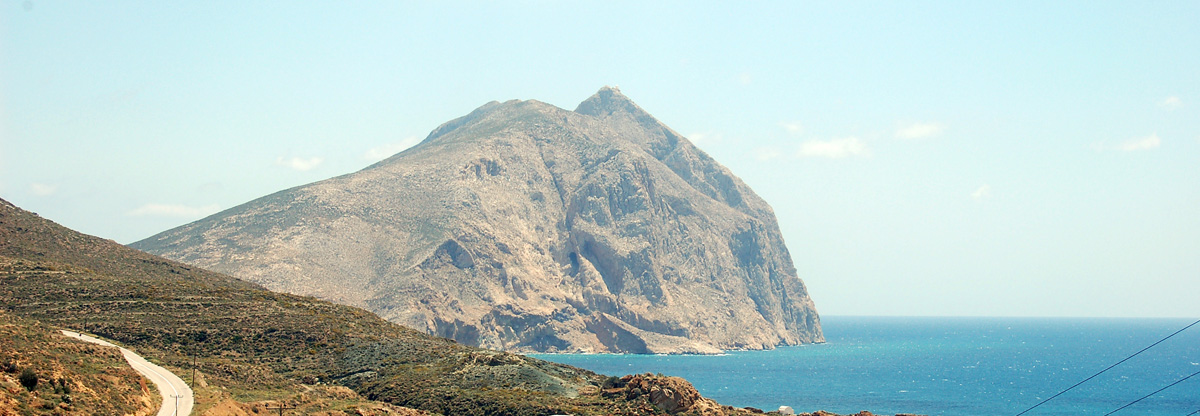
According to mythology, Anáfi owes its name to the fact that it emerged (anáfi derives from the verb “anafainomai”, which means emerge) from the waters of the Aegean, following the desire of Apollo to offer refuge to the Argonauts. That is why its inhabitants, in his honor, built the temple of Apollo Aiglítis (from the word “aigli” which means glamor, i.e. the one that shines) at the top of Kálamos (where the church of Panagía Kalamiótissa was later built).
Again according to mythology, the island was the homeland of Aeolus, god of winds, who offered Odysseus the bags with his winds.
Phoenicians and later Dorians lived in Anáfi who lived in the center of the island. During the 5th century BC, Anáfi became a member of the Athenian Alliance.
In the Middle Ages the island belonged to the Duchy of Naxos and was ruled by Venetians who, unable to protect the island from pirates, were forced to flee to Crete. In 1537 it was looted by the Turkish Admiral Barbarossa and then enslaved by the Turks. It was liberated in 1832 together with Santorini.

To the east of Anafi dominates the Vráchos (Rock), a limestone monolith with its higher peak, Kálamos. Vráchos is the main attraction of the island and the second largest monolith in the Mediterranean, after Gibraltar. At the top of Kálamos, which leads to a path from the monastery of Zoodóchos Pigí, is the old monastery of Panagía Kalamiótissa, built in 1715, next to the ruins of a medieval fortress.


